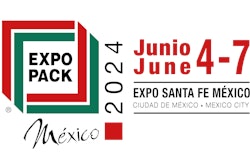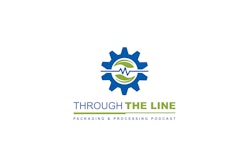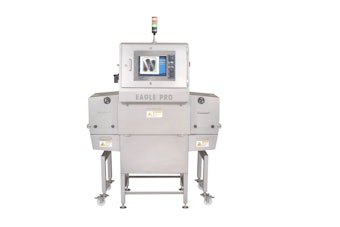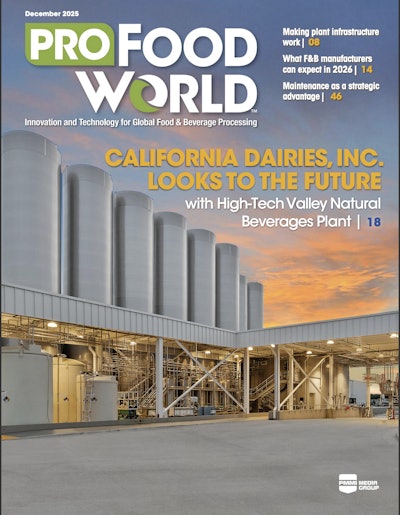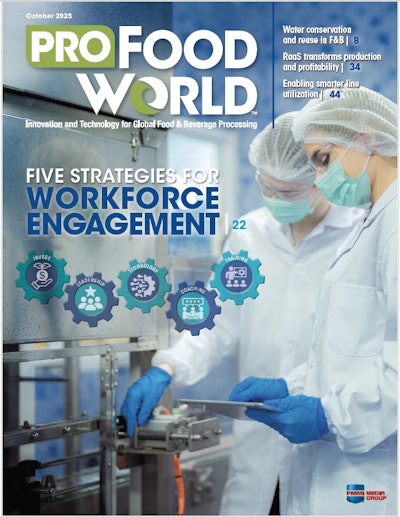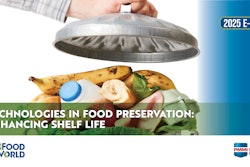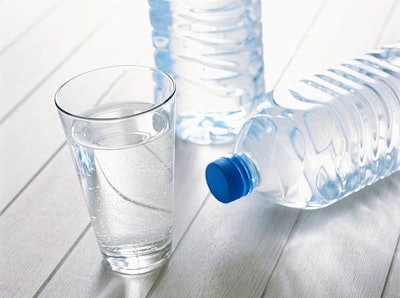
A new report by research firm Markets and Markets anticipates the global bottled water processing market will exceed $457 billion by 2028, with a compound annual growth rate (CAGR) of 8% during that time. Bottled water processing was valued at $311.1 billion in 2023. The study indicates a confluence of factors will contribute to the market’s growth, including an increasing urban and mobile population, rising disposable incomes, and heightened awareness of health and wellness connected with safe and convenient drinking water.
Technological innovations in the way water is processed is another key aspect to the growth projection, according to Markets and Markets. These technologies include:
- Ion Exchange & Demineralization: Ion exchange and demineralization processes are essential for removing dissolved salts and minerals from water, ensuring the production of purified bottled water. This segment is crucial for producing both still and sparkling water.
- Disinfection: Disinfection technologies, including ultraviolet (UV) irradiation, ozonation, and chlorination, are employed to eliminate pathogens and ensure the microbiological safety of bottled water. UV irradiation is particularly popular due to its effectiveness and lack of chemical residues.
- Filtration: Filtration technologies, such as microfiltration, ultrafiltration, and nanofiltration, are used to remove suspended particles, bacteria, and organic compounds from water. Filtration is a critical step in ensuring the clarity and quality of bottled water.
The study also notes that 70% of all bottled water sales are for still water, with sparkling/carbonated water at 30% of market share. Sparkling water sales are expected to grow due to increasing consumer interest in flavored and functional beverages.






